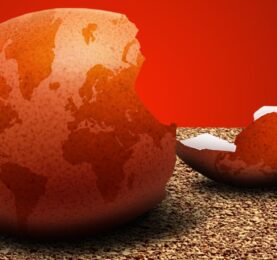Higher sales prices do not yet compensate for rise in input prices
The Indian metals and steel sector benefits from robust demand from key buyer sectors like automotive, construction, and increased government spending in infrastructure improvement (construction of roads, railways, ports and airports) worth USD 1.4 trillion between 2020 and 2025.

However, supply chain disruptions and high input prices are issues because metals and steel sales prices have not increased enough to compensate for the rise in energy and raw material costs (coking and thermal coal, refractories and ferroalloys). While the Indian government removed import duties on raw materials like coking coal in May, it has also imposed export duties on steel products, to curb inflation and to increase supply in the domestic market. The resulting excess capacity triggered a price decrease of about 20% for finished steel goods. Therefore, the increase in profit margins seen in 2021 will not continue in 2022. That said, the government is likely to cut or abolish the duties again, which should help to support exports of key steel products, and partly compensate for sales price decreases in the domestic market. The EU´s ban on steel imports from Russia should provide opportunities for Indian steel exporters.
Read the rest of the report here: https://atradius.ca/reports/metals-steel-industry-trends-india-2022.html











